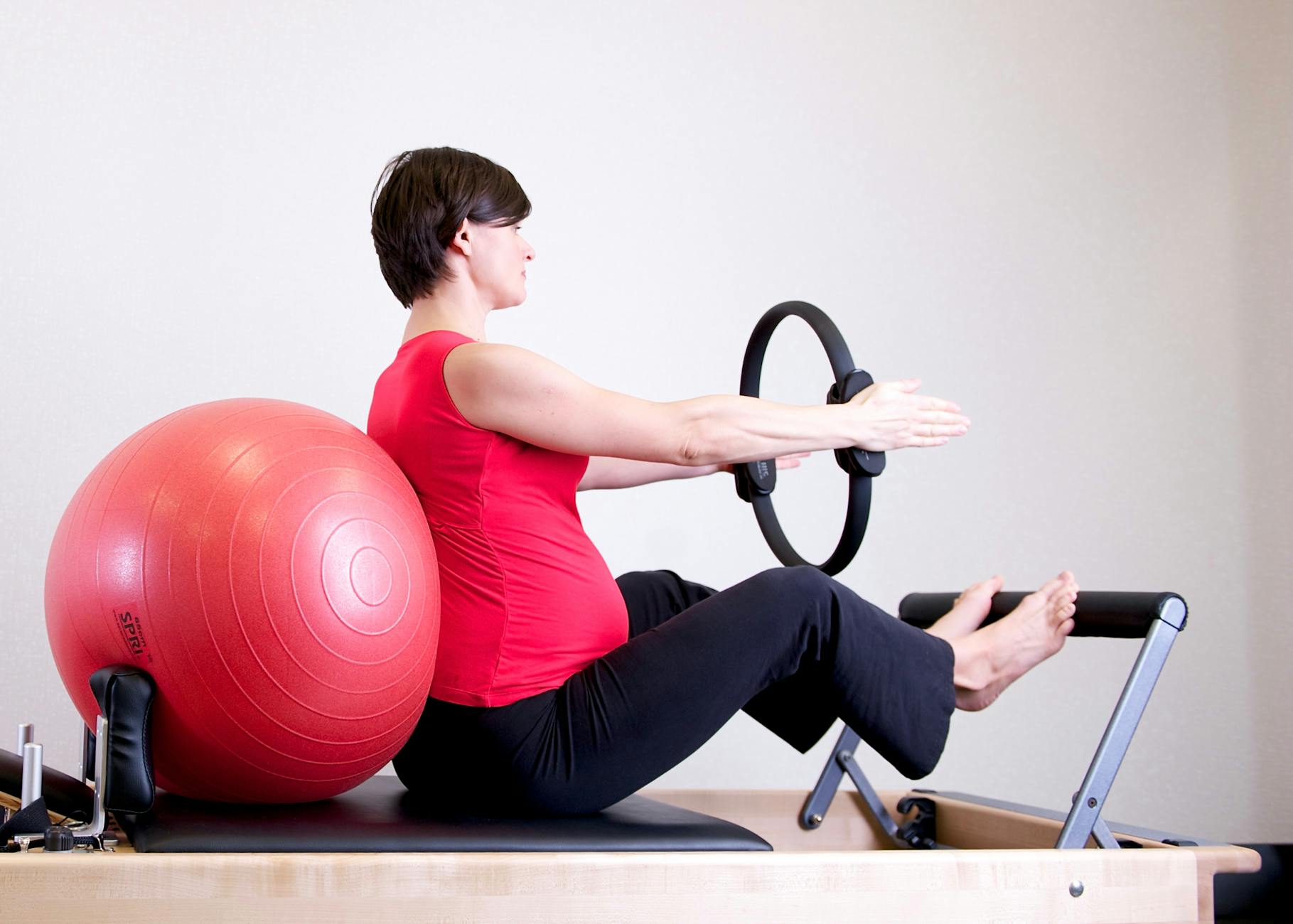Explore the power of movement in managing Parkinson’s symptoms with our comprehensive guide to finding strength and support.
Table of Contents
Parkinson’s disease is a neurological disorder that affects movement and can have a significant impact on a person’s quality of life. While there is currently no cure for Parkinson’s, there are various treatment options and lifestyle changes that can help manage symptoms and improve daily functioning. In this blog post, we will explore the unique challenges faced by individuals with Parkinson’s and provide practical tips for finding strength in movement.
Understanding Parkinson’s Disease
Parkinson’s disease is a progressive disorder of the nervous system that affects movement. It is characterized by symptoms such as tremors, muscle stiffness, slowed movements, and difficulty with balance and coordination. These symptoms can vary in severity from person to person and can have a significant impact on daily activities. Parkinson’s is caused by a loss of dopamine-producing cells in the brain, leading to a disruption in the brain’s ability to control movement effectively.
Managing Parkinson’s Symptoms
While there is currently no cure for Parkinson’s disease, there are various treatment options available to help manage symptoms and improve quality of life. Medications such as levodopa and dopamine agonists can help alleviate motor symptoms and improve mobility. In some cases, deep brain stimulation surgery may be recommended to help regulate abnormal brain activity and reduce symptoms.
Physical therapy and exercise play a crucial role in managing Parkinson’s symptoms and promoting overall health and well-being. Regular exercise can help improve coordination, strength, and flexibility, as well as reduce stiffness and improve balance. Activities such as yoga, tai chi, and dance have been shown to be particularly beneficial for individuals with Parkinson’s, as they focus on movement, balance, and mindfulness. In addition, speech therapy and occupational therapy can help individuals with Parkinson’s improve communication skills and daily functioning.
Embracing Lifestyle Changes
In addition to medical treatment and therapy, making lifestyle changes can also help manage Parkinson’s symptoms and improve quality of life. Eating a healthy, balanced diet can help reduce inflammation, improve digestion, and support overall health. Avoiding processed foods, sugary drinks, and excessive salt can help minimize some of the symptoms associated with Parkinson’s, such as constipation and fatigue.
Getting an adequate amount of sleep is essential for individuals with Parkinson’s, as fatigue is a common symptom of the disease. Establishing a regular sleep routine, creating a comfortable sleep environment, and practicing relaxation techniques before bed can help improve sleep quality and reduce daytime fatigue.
Managing stress and anxiety is also important for individuals with Parkinson’s, as stress can exacerbate symptoms and affect overall well-being. Engaging in stress-reducing activities such as mindfulness meditation, deep breathing exercises, and hobbies that bring joy and relaxation can help improve mental health and quality of life.
Staying Connected and Seeking Support
Living with Parkinson’s disease can feel isolating at times, but staying connected with friends, family, and support groups can provide valuable emotional support and encouragement. Sharing experiences, seeking advice, and finding solidarity with others who understand the challenges of living with Parkinson’s can help individuals feel less alone and more empowered.
| Exercise Type | Benefits | Recommended Duration |
|---|---|---|
| Walking | Improves balance and coordination, boosts mood | 30 minutes to 1 hour daily |
| Yoga | Increases flexibility and strength, reduces stress | 30 minutes to 1 hour, 2-3 times a week |
| Cycling | Enhances cardiovascular health, improves mobility | 30 minutes to 1 hour, 3-4 times a week |
| Dancing | Enhances posture and coordination, boosts self-esteem | 1 hour, 1-2 times a week |
| Swimming | Strengthens muscles, provides low-impact workout | 30-60 minutes, 2-3 times a week |
Joining a Parkinson’s disease support group can provide a sense of community, friendship, and understanding, as well as access to valuable resources and information. Support groups can also offer practical tips for coping with symptoms, navigating treatment options, and finding strength in movement.
Conclusion
Although living with Parkinson’s disease presents unique challenges, it is possible to find strength in movement and manage symptoms effectively with a combination of medical treatment, therapy, exercise, lifestyle changes, and support. By staying proactive, engaged, and connected, individuals with Parkinson’s can improve their quality of life and embrace a sense of empowerment and resilience in the face of adversity.
FAQ
Q: How can exercise help manage Parkinson’s symptoms?
A: Exercise can improve coordination, strength, flexibility, and balance in individuals with Parkinson’s. It also helps reduce stiffness, enhance mobility, and promote overall well-being. Activities like yoga, tai chi, dance, and walking have been shown to be particularly beneficial.
Q: What lifestyle changes can help individuals with Parkinson’s?
A: Eating a healthy diet, getting enough sleep, managing stress, and staying active are essential lifestyle changes for managing Parkinson’s symptoms. Avoiding processed foods, establishing a regular sleep routine, practicing relaxation techniques, and engaging in stress-reducing activities are key.
Q: Why is emotional support important for individuals with Parkinson’s?
A: Emotional support from friends, family, and support groups can provide encouragement, understanding, and a sense of community. Sharing experiences, seeking advice, and finding solidarity with others who understand the challenges of Parkinson’s can help individuals feel less isolated and more empowered.
Q: How can support groups benefit individuals with Parkinson’s?
A: Support groups offer emotional support, friendship, access to resources, and practical tips for coping with Parkinson’s symptoms. They provide a sense of community, understanding, and connection, as well as valuable information on treatment options, symptom management, and finding strength in movement.





